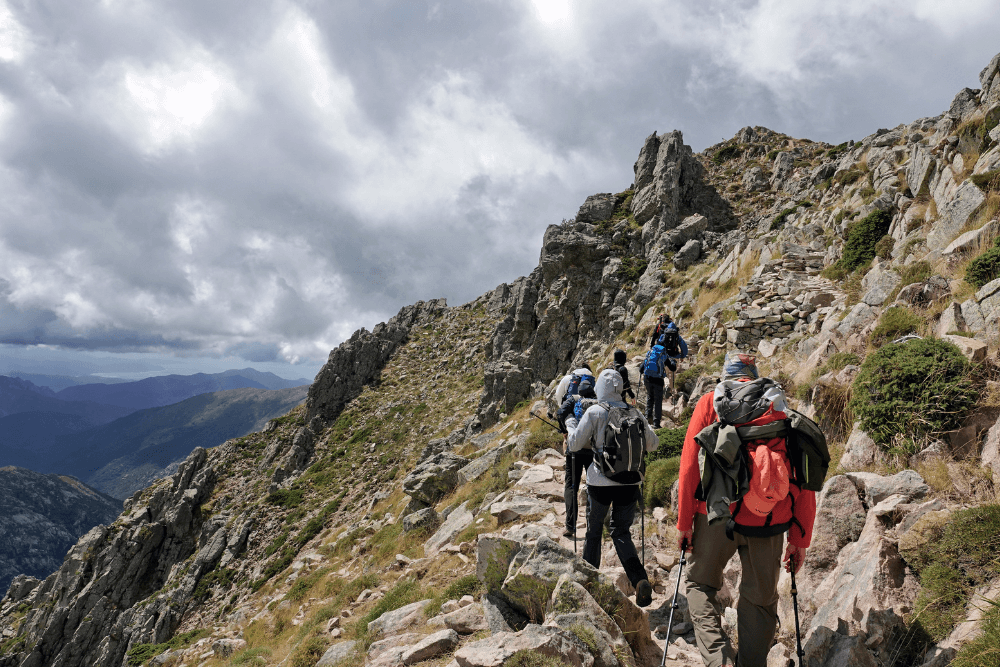
Hiking Trip Training
You’ve taken the first step by signing up for a Ryder-Walker hiking tour! Now, is the perfect time to focus on getting in shape for your trek. Here are some tips to make your training both fun and effective.
Things to remember:
- Get outside. Taking the first step is the first step toward better fitness. Put on your shoes and go for a hike!
- Consistency. Short hikes three or more times a week for a month are better than one long hike once a month.
- Start small. Work your way up over time to make gains and prevent burnout.
- Mix it up. Use a mix of exercises, intensity and duration to make your body grow stronger.
Be Consistent
This is arguably the most important thing you can do to get in shape. Whether you have 5 minutes or 5 hours to exercise; do it regularly. Do it often. This will make you stronger, and it will teach your body to recover after a workout.
One of the primary challenges of a multi-day hiking tour is that you’re on the trail every day. Unless you’re used to hiking on a regular basis, and/or have a good level of fitness already, the cumulative mileage will gradually erode your energy stores and wear you down. You’ll eventually get stronger, but you’ll risk injury during the mid term, and you’ll feel really tired. Make a training plan, and stick to it. Don’t be afraid to amend your plan because of a busy schedule. Go for half an hour instead of an hour if you have to. Jog for 15 minutes instead of 30. Most people abandon their plans when if feels like they just don’t have time. The key is to do something, anything, even if it’s less than you intended. In fact, you can actually do a lot in just 10-15 minutes.
Start Small
If you’re totally out of shape, then shoot for something easy. Walk, jog or run for 20 minutes twice a week. Gradually add more time, and/or a third exercise day as you begin to feel stronger. The ultimate goal is to keep adding time and/or intensity until you feel comfortable hiking the distances listed on your specific tour itinerary. Keep in mind that many of our tours feature 8-12 mile hikes. While it may not be feasible to hike 8-10 miles three times per week, it is possible to walk 2 miles every other day in addition to a 5-9 mile hike on a Saturday afternoon. Every bit helps. You’ll be amazed.
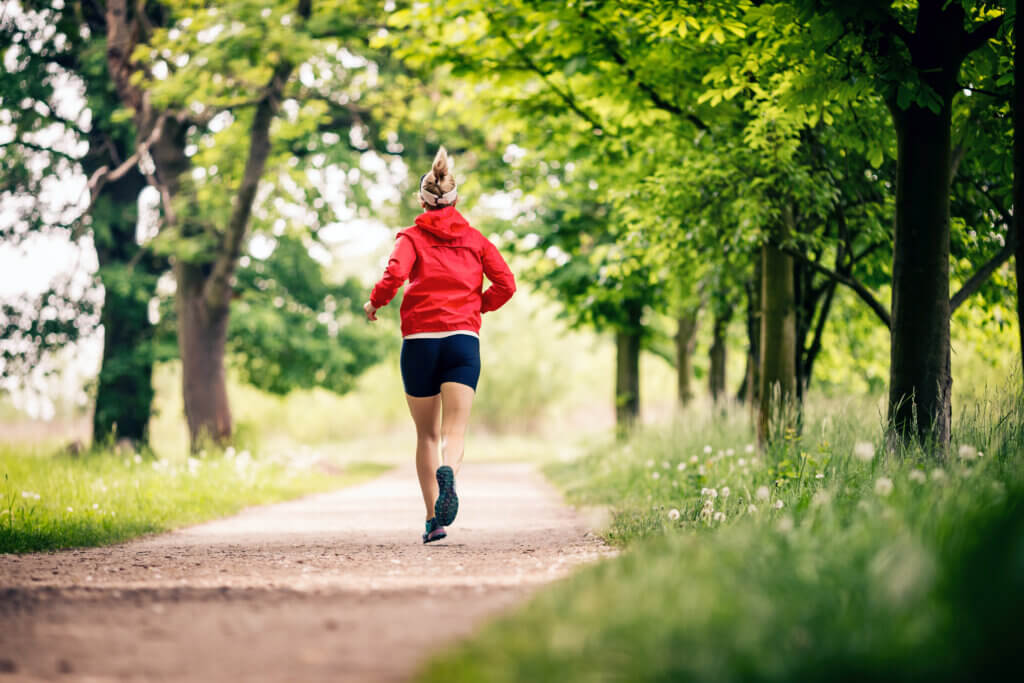
Mix It Up
The human body is an amazingly efficient organism, which can be a real challenge when you’re trying to get fit. Your body will only do what you’ve asked it to do and nothing more. Consider this: If you walk 2 miles every day, your body will only grow enough muscle tissue to walk that same two miles every single day. You’ll become really good at walking two miles, but the day that you decide to walk 15 miles, you’ll be torched. To be sure, you’ll handle it better than if you hadn’t exercised at all, but you’ll still feel it. The reason is that the body doesn’t grow extra muscle just in case it will have to walk a really long distance or lift more weight sometime down the road. If it did, then we’d all be marathon runners and body builders without lifting a finger.
The body responds to change, so if you want to improve, then you’ll have to mix things up. Adding mileage is one way to keep the body stimulated. However, unless you’re retired or a professional athlete, you probably don’t have the time to hike 10-12 miles every day in preparation for your hiking tour. Even if you did, your body would eventually plateau, and you’d still have to change your routine in order to get stronger. Our tip: Supplement your hikes with other exercises. Run. Swim. Bike. Lift weights. The lunge is a great training exercise if you like weights. If you’re concerned about injury, then focus on low impact exercises like biking and swimming.
Important: Don’t forget to rest. Your body needs rest to repair and strengthen itself. Your fitness can actually decline if you don’t give your body the rest it needs. A lack of appetite, a decline in enthusiasm, and a marked drop in physical performance are all signs that you’ve over trained. Your body needs rest. Take a day off. Get good sleep.
Extra Credit
Try to simulate your upcoming hiking tour as much as possible. Wear the equipment, especially the boots and shoes that you plan to take on the trail. Load up your daypack (including water) and wear it during your training hikes. Use your trekking poles. This makes a huge difference during the tour.
Mountains
Unless you live in the mountains, it can be very difficult to simulate the climbs that you’ll experience during our tours. Do your best. Stairs are a great training tool, but they can be very boring. Climb every steep hill you can find, and do it with your daypack. Sprinting is also a good training tool for climbs. Sprint all out for 15-30 seconds. Then rest for 2 minutes. Repeat. Note: Don’t attempt this without a good level of fitness. If in doubt, check with your doctor first.

Nutrition
In reality, this item should be #1 on the list. Just remember that if you want to get in shape for your hiking tour, then you need to eat right. We’ve actually heard trainers say that the “secret” to getting fit is 80% nutrition and 20% exercise. No matter how you slice it, eating right makes a huge difference. Your body needs good quality fuel in order to get stronger.
In closing, remember these important tips:
- Anything is better than nothing. Get out there!
- Be consistent. Stick with it!
- Start small. You’ll advance quickly.
- Try different things. It’s good for your body and mind.
- Eat healthy. Always.
Follow these tips, and you’ll be amazed by your fitness when you hit the trail this summer. Good luck!

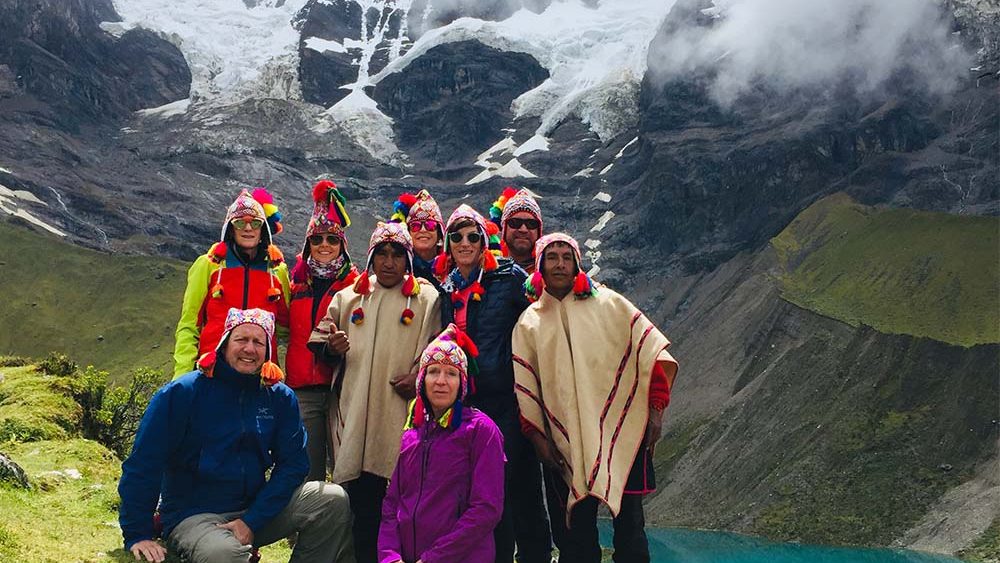
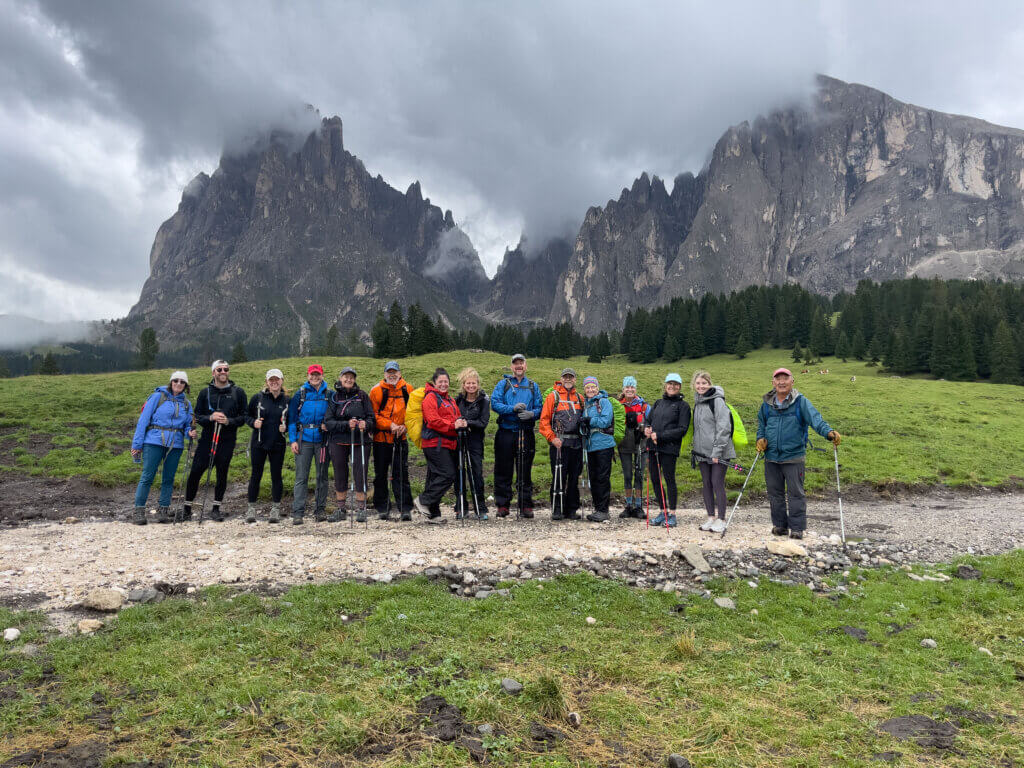

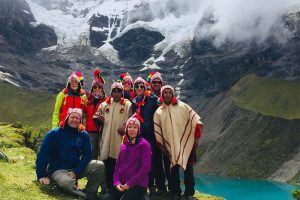








Comments are closed.